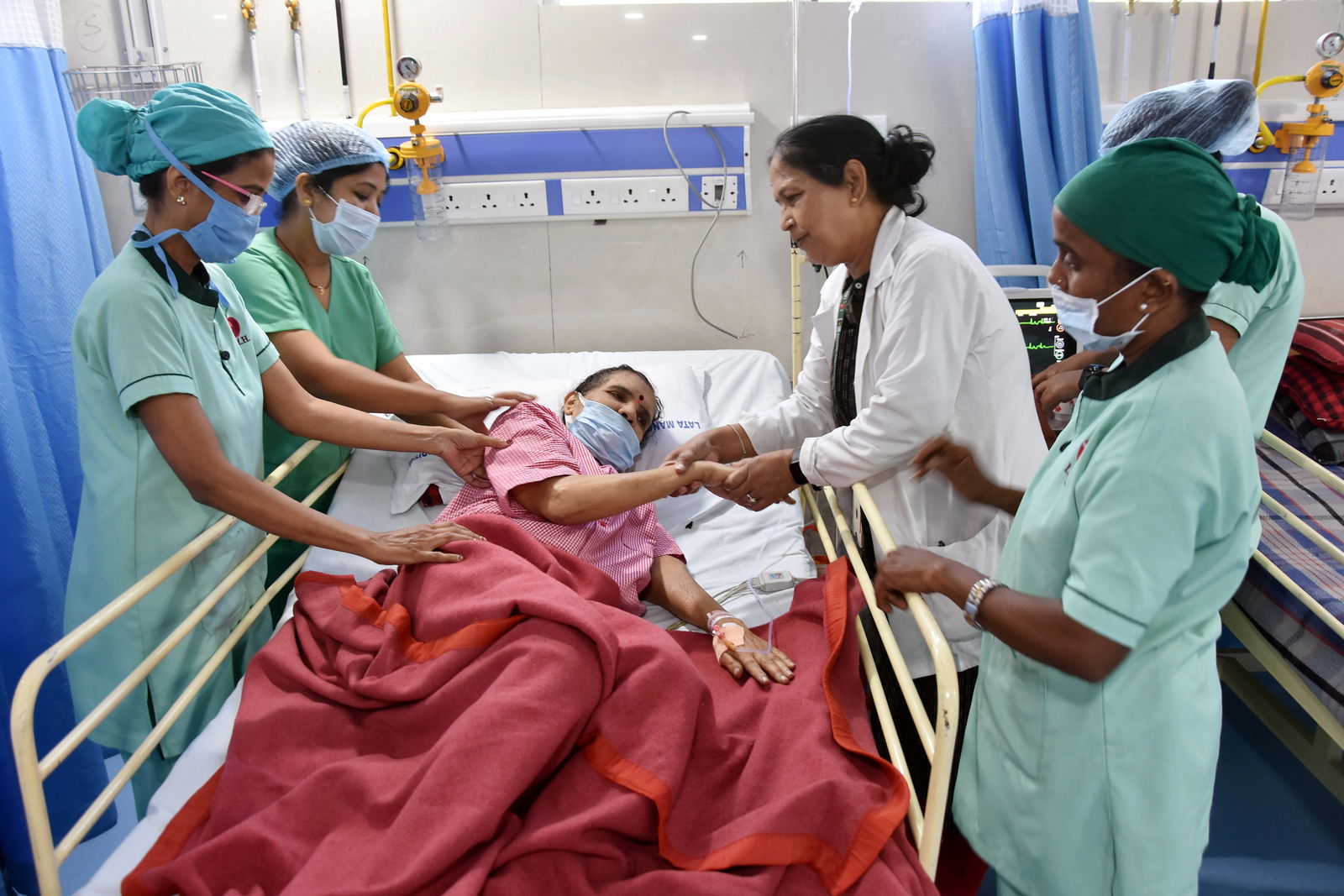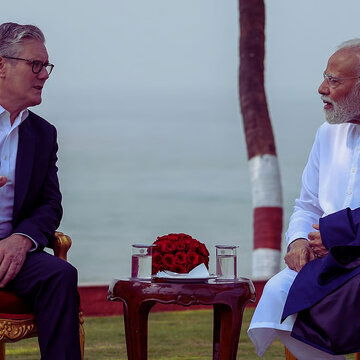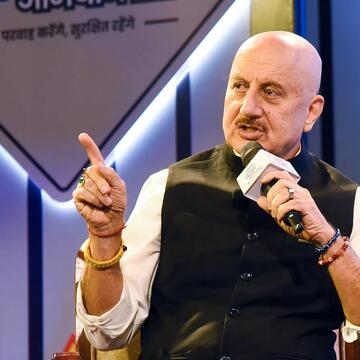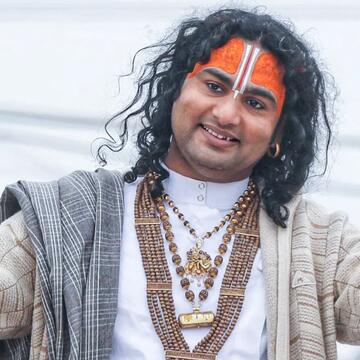A team at Lilavati Hospital, Mumbai, has successfully completed India’s first IVUS-guided Transcatheter Aortic Valve Replacement (TAVR), using the Edwards SAPIEN 3 Resilia valve. Unlike conventional TAVI where operators rely primarily on angiography and echocardiography, IVUS enables real-time cross-sectional imaging inside the vessel, allowing precise sizing, optimal expansion, and confirmation of leak-free deployment. The approach is expected to reduce complications such as paravalvular regurgitation while reducing reliance on contrast dye, specially beneficial in patients with compromised kidney function, according to a press release.
The patient, a 77-year-old from Surat with severe aortic stenosis who was deemed high risk for open heart surgery, was successfully treated via a transfemoral route using IVUS to guide every critical step. Hospital officials say this breakthrough could usher in a new standard in valve implantation, combining tissue valve durability with imaging precision to improve patient outcomes.
Implications for durability, safety and broader adoption
The Resilia valve used incorporates anti-calcification treatment and is engineered for extended durability. Preclinical studies suggest long life, and early reports point to robust freedom from structural valve deterioration over 7 years. For younger or moderate-risk patients, such advances reduce the prospect of repeat interventions.
However, attracting broader adoption will depend on training, cost, and regulatory support. Cardiologists note that IVUS is emerging globally as an adjunct imaging technique in structural heart interventions, and its use in TAVI is gradually gaining traction. Critics caution that high costs and complexity may restrict uptake initially, especially in lower-resource centres. But with this successful case, India has demonstrated it can rival global imaging-led heart valve programs and may inspire other centres to integrate imaging precision into structural heart care.











